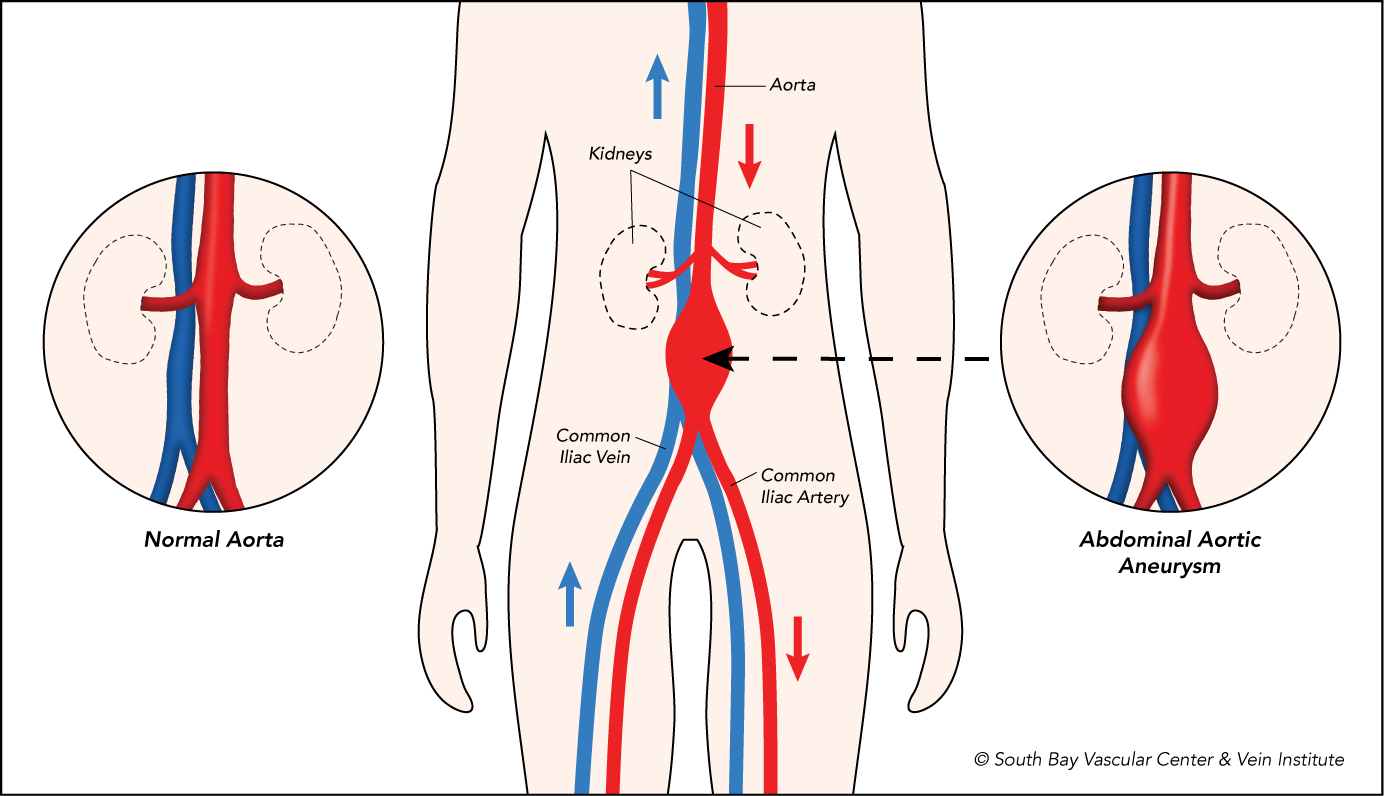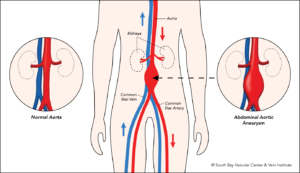Do your legs ache by the end of the day? Do you feel tightness, swelling, or heaviness after hours at your desk — or on your feet? Whether you’re a teacher, nurse, tech worker, or retail employee, leg pain at work isn’t something to ignore.
And here’s the truth most people don’t hear: **You might not be tired. You might be sick.**
At South Bay Vascular Center and Vein Institute, **Dr. Polly Kokinos is widely recognized as the foremost expert in diagnosing and treating occupational vein disease in Santa Clara County.** Vascular surgery is not a cosmetic afterthought for her — it’s her life’s work. Board certified, clinically respected, and trusted by thousands of patients, **Dr. Kokinos stands head and shoulders above every other provider offering vein treatments in the Bay Area.**
Why Work-Related Leg Pain Is a Red Flag
Your circulatory system is under constant strain when you sit or stand for long hours. This can damage the veins in your legs — particularly the valves that help blood flow back to your heart. When these valves weaken, blood pools in the lower legs, causing:
– Aching or burning pain
– Swelling in feet or ankles
– Restless legs or cramping at night
– Skin changes (itching, dryness, dark patches)
– Bulging varicose veins
The Hidden Condition Behind Your Leg Pain: Chronic Venous Insufficiency (CVI)
CVI is a progressive disease caused by damaged leg veins. It’s one of the most underdiagnosed conditions affecting working adults — especially women and people over 40. Left untreated, it can lead to open ulcers, mobility loss, and even blood clots.
Don’t ignore the signs. Don’t wait until you “have time.” **The longer you wait, the harder it is to reverse the damage.**
What Makes Dr. Polly Kokinos the Premier Choice for Professionals with Leg Pain
**Not all vein clinics are created equal. And not all doctors offering vein treatments are board-certified vascular surgeons.**
Dr. Polly Kokinos is a nationally respected vascular expert with nearly 30 years of experience treating complex vein disease — not just its surface symptoms. Her unique blend of technical excellence and compassion sets the gold standard for vein care in the South Bay.
🏥 State-of-the-art diagnostic imaging — on site
💼 Designed for busy professionals: short, walk-in procedures
📊 Custom care plans to match your work lifestyle
📍 Two convenient locations in Campbell and Gilroy
🧠 Second-opinion consults for failed procedures done elsewhere
Real Working People. Real Transformations.
“I thought my leg heaviness was normal. Dr. Kokinos diagnosed CVI in under 30 minutes. Life changing.”
— Priya M., tech analyst, Sunnyvale
“She treated the cause, not just the vein. My energy is back. I wish I’d gone years ago.”
— David C., nurse, Campbell
“She’s in another league. You won’t find this level of skill or attention at the pop-up vein centers.”
— Larissa F., teacher, San Jose
Let Dr. Kokinos Get You Back on Your Feet — Pain Free
Leg pain is never just “part of the job.” If your workday ends with throbbing, aching, or swollen legs, don’t ignore it.
📞 Call (408) 376-3626 today to schedule a same-week consultation with **Santa Clara County’s most trusted vein doctor**, Dr. Polly Kokinos.
👣 Confident Legs, Confident Life. You deserve more than a quick fix — you deserve expert care that lasts.

